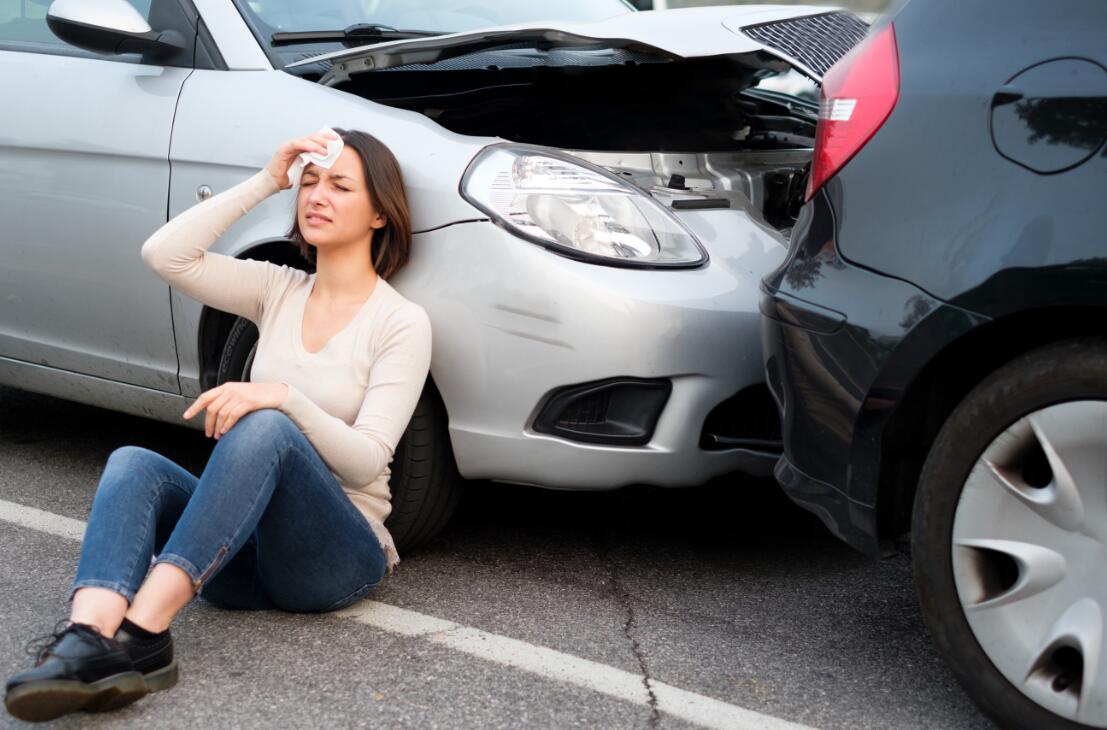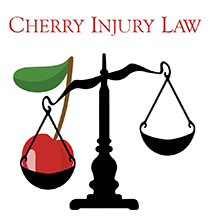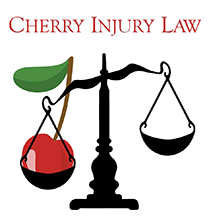Understanding the Terms Used in a Typical Auto Accident Hearing
 If you’re scheduled for an auto accident hearing, you are very likely to hear some new legal terms being thrown around in the courtroom. Individuals who haven’t gone to an auto accident hearing before would want to be well aware of these terms, so that they aren’t left scratching their heads inside the courtroom.
If you’re scheduled for an auto accident hearing, you are very likely to hear some new legal terms being thrown around in the courtroom. Individuals who haven’t gone to an auto accident hearing before would want to be well aware of these terms, so that they aren’t left scratching their heads inside the courtroom.
Regardless of the diverse nature of every auto accident case, the terms used in the courtroom are almost the same. In this article we mention a glossary of common terms associated with personal injury lawsuits, so that you know how to tackle and proceed with your case.
Lawsuit Terms:
Plaintiff
The plaintiff is the legal term used for the group or party bringing the lawsuit to the court. If you are injured in a DUI accident, you will be the plaintiff in the lawsuit that transpires inside the courtroom.
Complaint
The lawsuit you file is initiated through a complaint in the relevant court. A personal injury complaint is filed after all auto accident cases and is a formal expression of all your grievances.
Prayer for Relief
Not an actual prayer, this is a fancy term used to describe the amount of money you are looking to get from the lawsuit. A prayer for relief should be drafted after consultations with a decent personal injury attorney in PA, so that you get what you deserve.
Defendant
The complaint served by the plaintiff is filed against the defendant. The defendant can legally be described as the party officially responsible for the injuries suffered by the plaintiff. In the prior example, the drunk driver would be our defendant, since the allegations have been leveled against them.
Answer
All defendants are supposed and required to come up with a formal answer to the complaint filed against them. The answer is drafted with consultation from an attorney and serves the purpose of notifying both, court and the plaintiff, of the official position the defendant has against these allegations and the compensation amount.
Terms Pertaining to the Nature of Personal Injury Cases
Statute of Limitations
The statute of limitations is an established time period set by the legal structure, within which you can file a suit claiming for damages. The statute of limitations depends on the gravity and stature of the case. We don’t have a fixed statute of limitations for all cases, as the time period can vary from case to case. Statute of limitations in the United States can vary from as little as one year to over ten years in some civil suits.
Most auto accident cases tend to have statutes of limitations for almost two to three years. So, do consider the statute of limitations if you are willing to file a case in the future.
Negligence
Negligence is a kind of tort arising from the failure to act or carelessness from a specific individual or a group. To prove negligence on part of the defendant, the plaintiff has to prove a few basic things:
- The plaintiff should first prove that the defendant had a duty of obligation towards the plaintiff.
- Secondly, the plaintiff should prove that the defendant violated or breached that duty through specific negligence or carelessness.
- Thirdly, the plaintiff should prove and show just how that specific negligence or breach caused damage to their property or themselves.
Lastly, the plaintiff should present that actual damages exist, and the evidence pertaining to them.
Almost all personal injury cases, including auto injury cases, are based on the four principles of duty, breach, causation and damages.
The driver driving under influence had a duty to drive carefully on the roads. They breached that relevant duty by drinking alcohol and impairing their ability to drive. Because they breached that duty, an accident took place and you went through both financial and physical damages. The driver was hereby negligent.
Burden of Proof
In all legal cases, the person or group who has filed the case and has the responsibility of substantiating what they allege has the burden of proof. The burden of proof is a responsibility that falls on most plaintiffs. Plaintiffs should prove that the allegations they have put forward are true. The legal system has several different thresholds of proof that can apply inside the courtroom, based on the type of case being presented.
In most personal injury cases, the burden of proof applied requires a plaintiff to prove through evidence that the defendant is in fact liable. To simplify the above, plaintiffs in an auto injury case should prove that the actions of the defendant caused the injuries suffered by the plaintiff. Carrying on with our example, in this suit the plaintiff would have to prove that the defendant was more than 50 percent at fault for the injuries and financial loss suffered during the accident.
Damages
Damages are what most plaintiffs are looking to recover through a lawsuit. In most personal injury law suits, damages can be separated into two distinct categories; economic and non-economic damages. Economic damages include all quantifiable losses such as wage loss, medical expenses, auto repair bills and others of the like. Non-economic damages aren’t quantifiable and include humiliation, pain and suffering. The $10,000 auto repair bill after the DUI accident would be an economic damage, while the $15,000 you are demanding for the anxiety, PTSD and other psychological trauma you went through would be considered non-economic damages.
No-Fault
No-fault is a legal theory that relates to auto injury cases where damages are less than a specific threshold. According to no-fault laws, plaintiffs should look to collect their damages from their insurance company, rather than filing a lawsuit. The overriding principle here is that an injured part must recover money from an insurance company, unless injuries reach a certain financial and physical threshold.
These terms are common in auto accident hearings within the United States, and knowing their legal implications can help you improve your understanding of the lawsuit.
If you encounter an accident, you can hire the best accident lawyer in PA by working with Cherry Injury Law. We are ever ready to hear your claim out and help defend your case in the best manner possible.








 Cherry Injury Law RSS Feed
Cherry Injury Law RSS Feed



